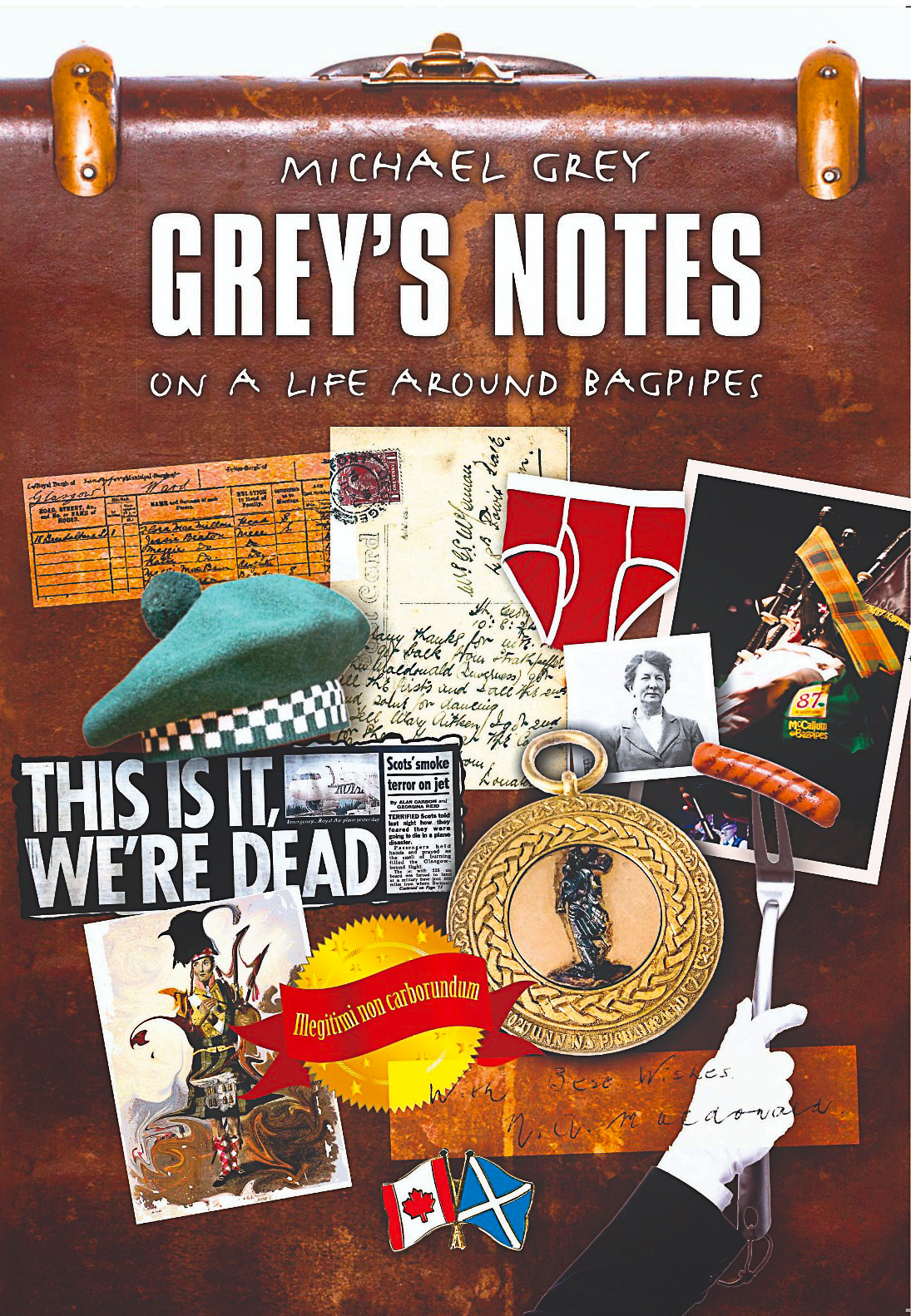Competitors: 5 Things a Solo Piping Judge Wants to Say to You
June 27, 2014 on 7:49 pm by Michael Grey | In Solo Piping, Tips | Comments Off on Competitors: 5 Things a Solo Piping Judge Wants to Say to YouFor those few in the world who trot their piping wares in earshot of a judge for prize-winning consideration, here are five (mostly) tongue-in-cheek things a solo piping judge is thinking as you come forward to play – and as you set off to perform (and remember – I’m broad-brushing to make points).
These things might apply to every level of competitive piping experience. And, I should add, I’ve learned all of this the hard way.
5. With a judge maybe thinking more of Sting than, say, John MacColl, “Don’t Stand so Close to Me”, comes to mind. If you have your eyes on a chance to win a prize don’t jam your chanter up the judge’s nose. It’s a bagpipe, an instrument that offers the decibel equivalent of a tractor from a Siberian collective farm. Back off. You think you’re strutting your stuff. Not so much. You’re kicking off your show with an impression in deficit.
4. And the flip side of the close-playing thing: don’t imagine for a second you’re hiding your “gaps in tuning or playing capability” by playing 29 metres from the judge. Around the games, with a judge or two (or three, however unlikely that is) plan on, say, three to five metres away from the bench. Any more than that and you’re seen to be hiding something. If boards have been provided your decision-making is done.
3. A very brief slow air sample before a pibroch or light music performance – maybe one part – to set the mind and pipe right – a line or two of a dithis or suibhal variation of a tune you are not about to compete with is good, too. But hold-back on the slow air recital. Your heart-felt, emotive Loch Rannochs and Mist-covered Mountains can turn quickly into prize blockers; at least, wear any audience down. In art and music, especially, it’s all about leaving the listener – and that includes a judge – wanting more. The tuning prelude is about setting up all listeners for the virtuosity you’re about to impart. Don’t wreck that by pissing people off. Really, who wants to hear three slow airs? Not just that, in a large contest, these preludes cumulatively add a lot of air-time to the event.

2. Now, a competitive decision close to my heart: should I submit my own composition(s) in my tune list? If you are inexperienced, I say, “no”; that is, if you have it in your mind you want to win a prize. If you are a very experienced player, I say, “maybe”; that is, if you have it in your mind you want to win a prize and take a real risk of not. But a good tune is a good tune. The trick in a list of submitted tunes is getting the little / unknown tune picked.
Remember, too, it’s a risky proposition as a judge to pick an unknown or new tune: errors are trickier to detect and intense concentration – and confidence – is required to fairly assess. Still many pipers of the past competed successfully with their own handiwork. I say roll the dice.
1. Stop tuning, or stop tuning for anything but the speediest of timelines: just stop the marathon tuning of drones and chanter. Judges tend to view the whole escapade as more insecure nervousness than any required pre-performance instrument prep. Pipers who manage this trick almost always see their way to the top of the prize list – eventually. And on the occasion where there is an audience, they seriously appreciate the speedy delivery of performance.
Good luck.
No Comments yet
Sorry, the comment form is closed at this time.
Dunaber is using WordPress customized and designed by Yoann Le Goff from A Eneb Productions.
 Entries and comments
feeds.
Valid XHTML and CSS.
Entries and comments
feeds.
Valid XHTML and CSS.


